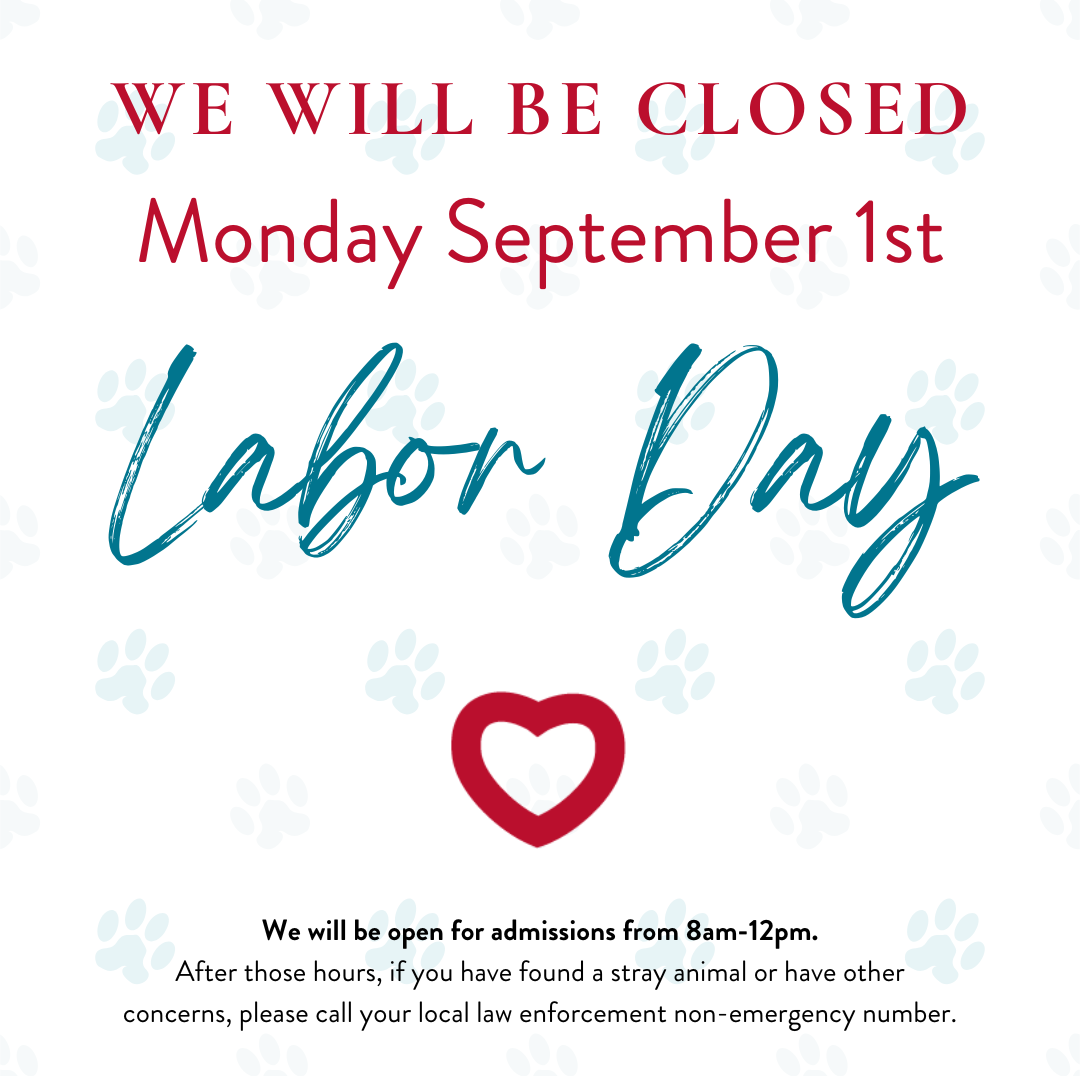We offer a wide range of services to help resolve pet behavior issues. If you have a finicky feline or a problem pooch, help is available online and/or over the phone.
Below are a few of the more common concerns we hear about – great news, many have easy solutions!
Introducing Dogs
The initial introduction between your current dogs and your new one should be done during the adoption process at the shelter. This allows them to get familiar with each other before your new dog comes home.
Remember to stay calm and relaxed during the introductions. Any tension on your part will be transmitted to the animals and may increase the risk of an negative response. Keep your leash loose, but keep a firm grasp on it in case you need to pull your dog back for any reason.
- When you arrive home with your new dog, keep him outside on a leash. Have a calm family member or friend bring your current dog outside on a leash for the greeting. Next, take them for a walk together before entering the house. This allows them to get acquainted without triggering a territorial response from your current dog. Walking them together sends the message that they are now part of the same pack.
- Upon entering the home, drop the leash of the more submissive dog. Do not remove the leashes from either dog at this point.
Not all dogs like to share, so it is recommended to feed separately and monitor playtime with toys. Not wanting to share is normal canine behavior!
Your new dog may ignore the current resident and want to explore your home. Be alert for very stiff body language, teeth display or growling. Both dogs may have a little anxiety, so it is important that you stay relaxed. Keeping the leashes on will afford you more control over the situation. You may simply step on the leash to stop either of the dogs.
Always separate your dogs when you can not supervise them, such as when you are leaving your home. If you are not there to provide a leadership role, your dogs may be having negative interactions without you knowing it, which can lead to increased tension between them.
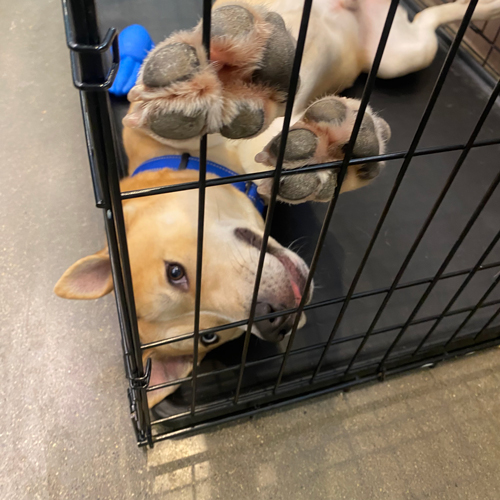
Crate Training
Crate training is a great way to keep your pet (and your furniture!) safe when you are not home. Crating is also very useful house-training tool. The crate itself should be large enough for the dog to stand up, turn around and lay down comfortably. However, the crate should not be so large that the dog has room to use the restroom at one end and relax in the other.
As crate training is an in-depth process, below is a step-by-step guide to successfully crate training your pet.
Fearful Dogs
Dogs adopted from shelters require a decompression period following shelter life. They may have also experienced trauma in the past that make certain situations uncomfortable. For this reason, your pet may act out when they become over stimulated or fearful. This is a normal behavior that takes time and patience to overcome.
Dogs are naturally social animals that truly want to be a part of your family. In some cases, they need a little extra help from you to get to that point. The end result of teaching your new dog that they are safe and can trust you is one of the most rewarding experiences of adopting a dog from a rescue.
If your newly adopted pet is having this experience, please contact us below for assistance.
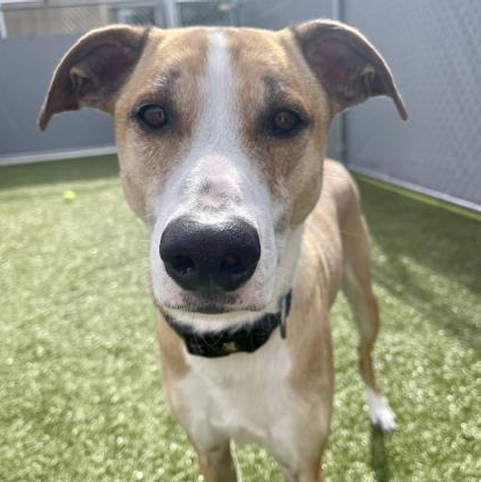
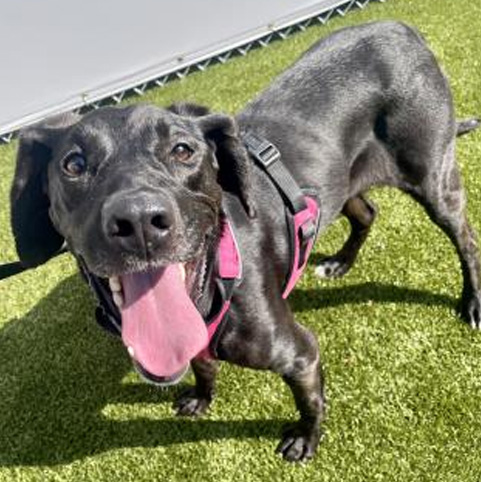
House Training
Mouthiness
In some cases, dogs arrive at HSHC with little previous training and some manners, like mouthy behavior, need to be corrected. We’re here to help! Below you will find a guide to working with your new dog on correcting mouthy behavior.
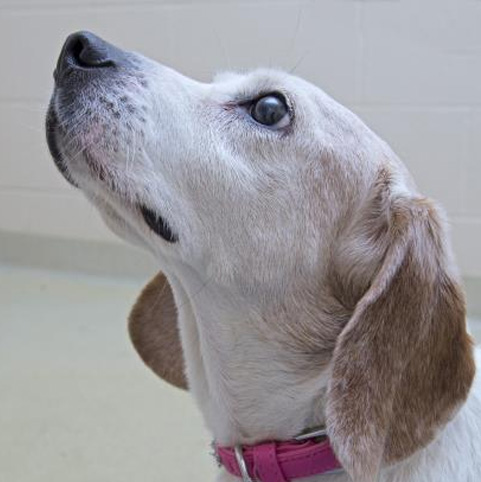
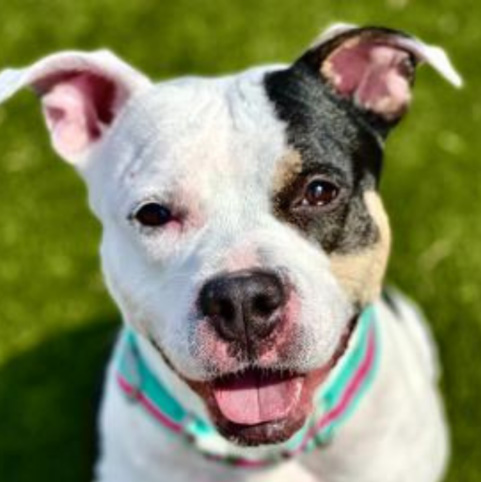
Separation Anxiety
Separation anxiety in dogs is not bad behavior that should be punished. It is a true panic attack experienced by an insecure dog that is overly attached to its owner and does not feel safe or secure when separated from that person. Separation anxiety is a common issue that can be resolved with time and patience.
If you have additional questions about your pet’s behavior, need more information or have concerns not covered above, please contact our behavior department.



